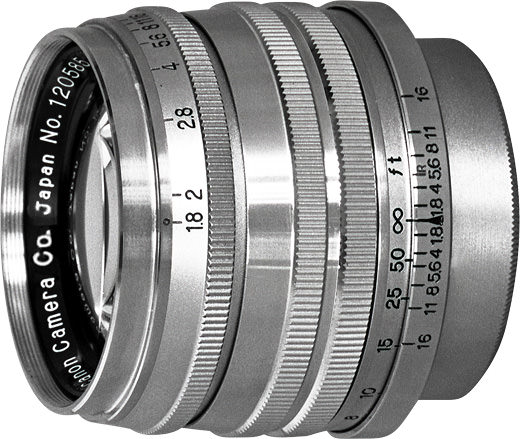
| Year | 1951 |
| Lens Groups | 4 |
| Lens Element | 6 |
| Aperature Blades | 10 |
| Minimum Aperture | f/16 |
| Closest Focusing | 1 m |
| Max. Magnifcation | 1:20 (0.05x) * |
| Filter Size | 40 mm |
| Diameter x Length | 48 x 36.8 |
| Weight | 270 gr (0.6 lb) |
| Hood | - |
| Beefiness | 4.05 |
According to the Canon Musuem website, this was a groundbreaking lens that eliminated flaws/issues with the Gauss type lenses of the period. It looks like a piece of art and shoots like a dream. There may be some softness wide open, but I mostly shot it between f5.6-11 on a Canon 7. The IQ was excellent in general when I got the focus correct. (I find rangefinders challenging to focus compared to the bright screen of an F-1 or T90.) My version had been serviced and was largely dust free without any fungus, etc. Focusing takes some getting used to after many years of FL, FD, and nFD lenses. I only own three M39 lens so I cannot compare it to other lens manufacturers. To be fair, the exquisite beauty of the lens itself may be clouding my judgement a little. According to Canon "Based on the optical theory developed by this lens design, various high performance wide angle and telephoto lenses with large apertures were developed."